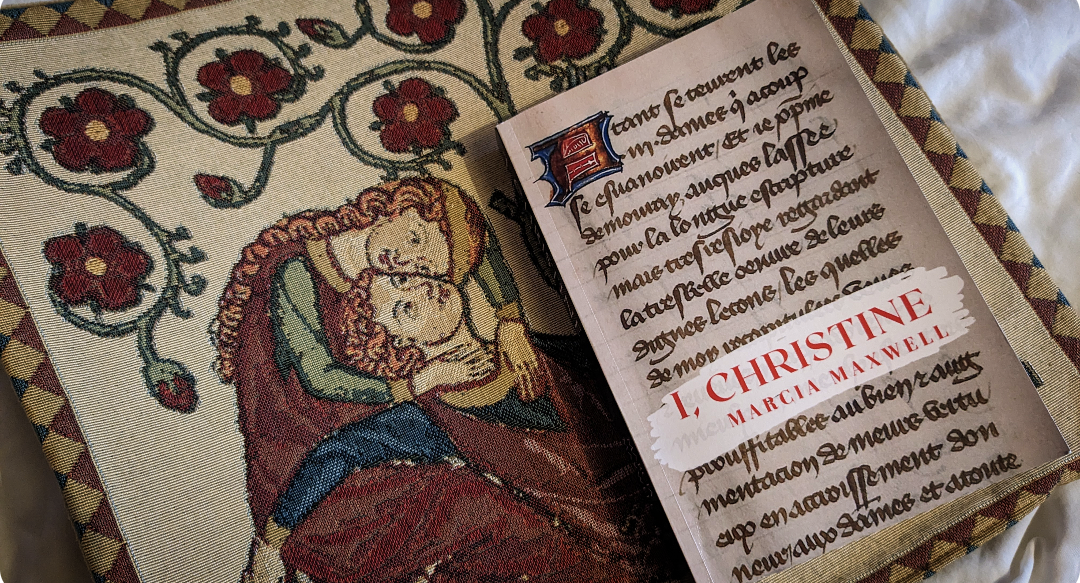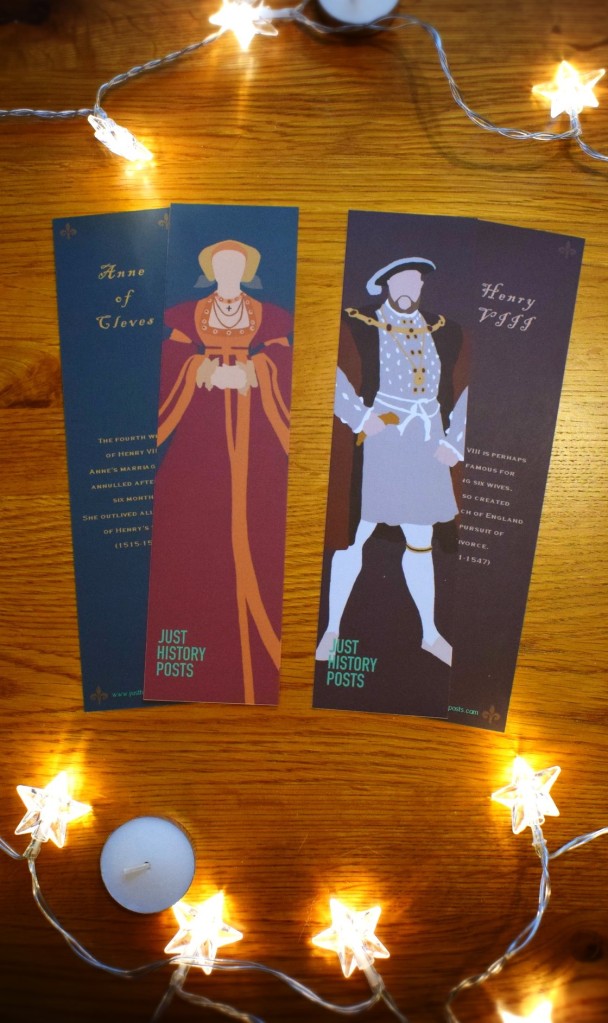Having spent the last few months deep in the quagmires of finishing my third book, I haven’t had much time for anything apart from working and writing. So, when the opportunity came for me to read for pleasure again, I was glad to already have a book sitting and waiting on my bookshelf. It was also a perfect chance for me to write my second book review and share my thoughts with you all! Nb, the author sent me a free copy of the book to read, but did not influence my thoughts in any way – all opinions expressed here are my own.

I must start by explaining that it has actually been many, many years since I read historical fiction. I dabbled with it during my late teens, but in the last decade I don’t think I have picked any up at all, save for last year when I read Daphne du Maurier’s My Cousin Rachel, if you count that. I thus come to this with fresh eyes to the genre, and so my thoughts may differ from seasoned veterans.
I, Christine looks at the life of one of medieval Europe’s most celebrated women, Christine de Pisan. Christine is considered the first woman to have earnt a living as a professional writer. She lived across the 14th and 15th centuries and spent the majority of her life in France during the tumultuous period of the Hundred Years War. The government was in crisis with a king who was often debilitated by mental illness, the wars with England were never-ending, and in-fighting was rife at court with the power vacuum left behind.
Christine was a widow with a family to support, and having been highly educated as a child, she turned to the pen to make ends meet. She lived in the sphere of the French court, receiving commissions from the royal family and their courtiers. Her writings were exceedingly popular, and she continues to find fame today through her skilful prose and her careful defence of women. Christine’s life thus seems a perfect subject for a fiction novel. She was a pioneer, living at a time of great change, with the excitement of the royal court on the periphery. I was eager to tuck in and see Maxwell’s take on this woman.

The book is set across the period of Christine’s life where she was a court writer – from roughly 1393 to 1418. It begins with Christine experiencing the depths of destitution after being widowed, and ends with her retirement to a convent. Covering such a significant period as it does, the book does experience leaps forward in time which, at first, can feel a bit jarring. Scenes abruptly end and launch into another day, week, or month. But as you settle in to the book you find you mind less. Whilst there were some scenes that I wished had been fleshed out a little more, it was rewarding to see Christine’s life piece together. Following the development of her character and those around her and tracing how events and circumstance influenced her over decades was gratifying. Had the book focused on a shorter period of Christine’s life, I don’t think it would have had the same effect.
Writing was central to Christine’s life, and she was heavily influenced by philosophers and scholars who had come before her as well as her contemporaries. Maxwell cleverly intersperses the ideas that Christine was confronted with during her lifetime and shows the impact it had on her as a person as well as on her own writings. Christine is tortured by concepts she cannot quite grasp, and the ever-present spectre of Christianity also has a profound effect on Christine throughout the book. Listening to her explore moral and theological concepts of her age as well as everyday occurrences felt like an interesting twist to the story which I very much enjoyed.

Enjoying this blog post? Buy me a hot chocolate!
Consider donating the cost of a hot chocolate to me, so I can continue to write and run Just History Posts.
£3.50
One of the greatest strengths of the book is the wealth of research Maxwell clearly undertook to write it. She writes with confidence about the politics of the day, managing the tricky personal and political alliances that so characterised it alongside the ebbs and flows of changing allegiances. She has researched the clothing, the food, the prayers, the social structure, the layout of towns and cities to a fine point, and this leads to crisp detail that brings the world to life.
This strength, though, is perhaps also its weakness – I would say that the book is very much for readers who are already well-versed in the period. This level of detail could be daunting to those who have never picked up a book about medieval France before, as technical terms for clothing, weapons, and forms of writing are used without explanation. There are also a handful of occasions where a few lines of Latin and French are used untranslated. On the other hand, historical fiction is a ripe field and there are plenty of other works that can serve as entry points – every book does not have to cater to new readers. For those who do have familiarity with the time period and the key political players of this part of France’s history, they will find in this a book that appeals to their knowledge. References to events and people act like ‘Easter Eggs’ to those who do know the period more thoroughly and are entertaining to read.

The part of I, Christine that I enjoyed most was, by far, Maxwell’s excellent knack for bringing the medieval world to life. Her descriptions are rich and rewarding, from the sumptuous clothing, the cacophony of the marketplace, the beauty of the countryside, the harshness of a bleak winter in poverty, to the terror of riotous crowds of rebellious peasants, all of your senses are rewarded on every page. The sounds, smells, and sights of medieval France jump out at you and place you right at the heart of Christine’s world. For that alone, the book is worth reading.
Overall, I am very happy that I, Christine was my first foray back into the world of historical fiction. Maxwell tackles Christine’s character well, giving her a fair and nuanced portrayal. Her characters are three-dimensional, she keeps track of the story well and pulls themes through the book from beginning to end with ease and skill. The attention to detail, aims for historical accuracy, and the delectable descriptions all make for a pleasing read. That I was drawn at the end to her mention of having written a novel about one of my favourite medieval women, Isabella of France, Queen of England, shows the success of her story here. To those who enjoy fiction set in medieval Europe, I can certainly recommend this book for an entertaining, gentle read.
Did you know that Just History Posts now has a newsletter? Be sure to sign up here!
Previous Blog Post: An Interview With: Ari Ryan, Medieval Reenactor
Previous in Book Reviews: “River Kings” by Cat Jarman
List of Blog Posts: here Blog Homepage: here
Buy my books via the pictures below! Or why not check out our shop?





